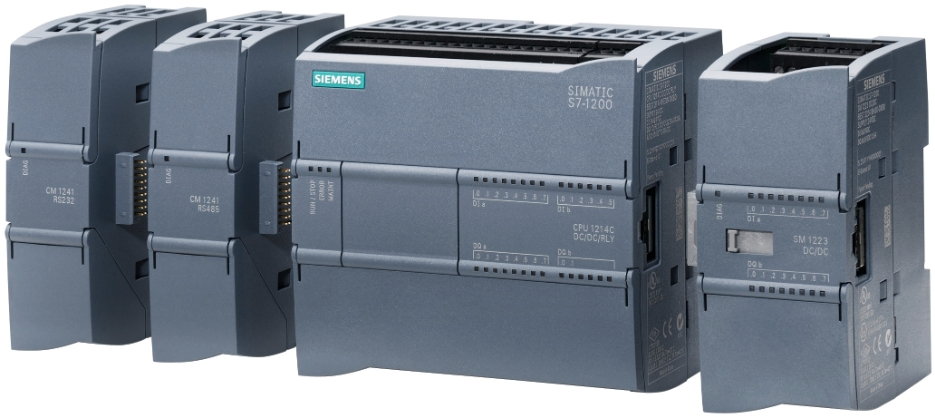The Siemens S7-1200 PLC based paper mill automation solution is a highly integrated, flexible, and reliable automation system designed to improve production efficiency, reduce operating costs, and ensure stable product quality in paper mills. The following is a detailed explanation of the solution:
1. System Overview
The Siemens S7-1200 PLC, as the control core, is highly suitable for automation control in paper mills due to its compact design, powerful performance, and rich functional modules. This system achieves comprehensive monitoring and precise control of the paper production process by integrating various devices such as sensors, actuators, and human-machine interfaces (HMI).
2. System architecture
Hardware architecture
PLC master station: Siemens S7-1200 PLC is used as the main controller, responsible for data processing and logic control of the entire automation system.
Distributed I/O module: communicates with the PLC master station through Profinet or other industrial Ethernet protocols to achieve direct control and data acquisition of field devices.
Sensors and actuators: including temperature sensors, pressure sensors, flow sensors, motor drivers, valves, etc., used to monitor key parameters in the production process and execute control commands.
Human Machine Interface (HMI): Provides an intuitive interface for operators to monitor production status, adjust control parameters, and record production data.
Software Architecture
TIA Portal (Fully Integrated Automation Software): As a programming and configuration platform, it supports various functions such as PLC programming, HMI configuration, and network communication configuration.
PLC program: It is written in programming languages such as ladder diagram (LAD), functional block diagram (FBD), or structured text (SCL) to implement complex control logic and data processing.
HMI configuration: Use WinCC software in TIA Portal for interface design to achieve real-time display of production data, alarm prompts, and historical data queries.
3. System functions
Production process monitoring
Real time monitoring of the operating status of paper machines, including key parameters such as pulp concentration, temperature, pressure, and flow rate.
Display the equipment operation status and fault information of each production process, and promptly issue alarm prompts.
Auto-Control
Automatically adjust the operating parameters of the paper machine based on preset process parameters and production plans to ensure stable product quality.
Realize automated operations such as automatic feeding, automatic discharging, and automatic roll changing, reducing manual intervention.
Fault diagnosis and troubleshooting
Through the system's self diagnostic function, quickly locate equipment faults and provide handling suggestions.
Provide fault history recording function to facilitate subsequent fault analysis and handling.
data management
Record and store various data during the production process, including output, energy consumption, equipment operating time, etc.
Provide data reports and chart analysis functions to help managers make scientific decisions.
4. System advantages
Highly integrated: Integrating multiple devices such as sensors, actuators, PLCs, HMIs, etc. into one system to achieve seamless transmission and sharing of data.
Flexible and configurable: Supports multiple communication protocols and expansion modules, and can be flexibly configured and expanded according to actual needs.
Reliable and stable: Adopting high reliability hardware and software design to ensure long-term stable operation of the system.
Easy to maintain: Provides comprehensive fault diagnosis and troubleshooting functions, reducing maintenance costs and time.

Conclusion
The successful implementation of this automation project demonstrates the power and flexibility ofSiemens S7-1200 PLCs in addressing complex industrial automation challenges. By carefullyconsidering factors such as PlD control, communication protocols, and HMl selection, we were ableto deliver a solution that met the customer's specific reauirements and exceeded their expectations.
Unique lnsights
PlD Control: The use of PlD control for tension management is a common practice in the paperindustry, but the specific tuning of the PlD parameters can significantly impact the performance ofthe system.
PROFINET: The selection of PROFlNET as the communication protocol was crucial for ensuringhigh-speed and deterministic communication between the PLCs and VFDs.
HMl Selection: The choice of the HMl and the use of a third-party router to enable communicationhighlights the importance of considering the specific needs of the application when selectingautomation components.